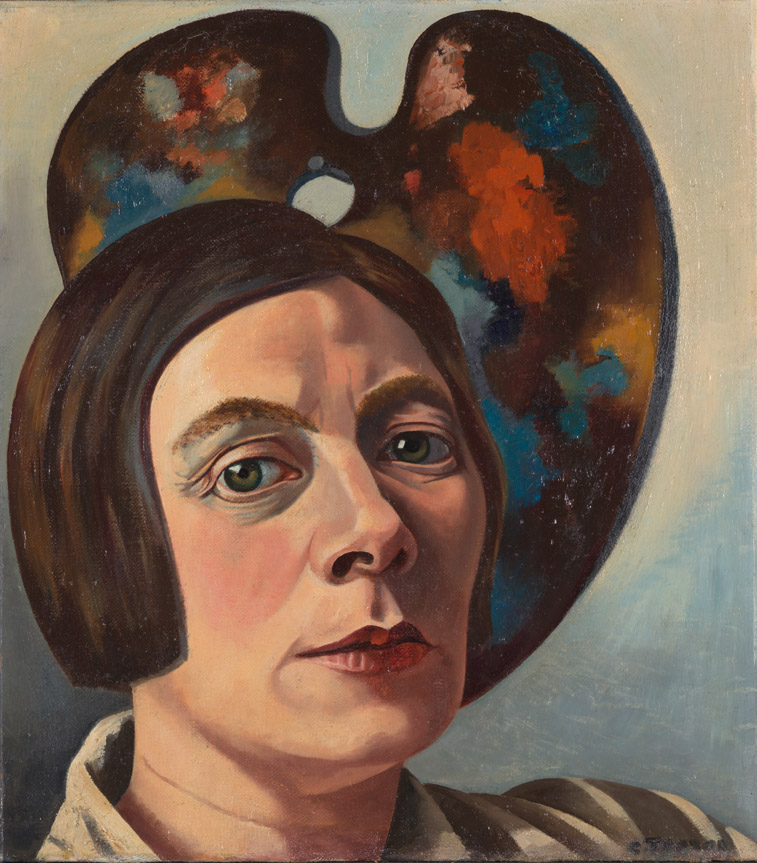 Van Gogh is defining
Van Gogh is defining
Toorop was meant to become a musician but in 1917 decides to devote her life to painting. She finds inspiration in innovative art movements, including expressionism and cubism. She also experiences influences of a spiritual nature, such as theosophy. She admires a variety of artists and certainly not only Van Gogh. Nevertheless, it is his example that is defining. Especially in the early 1920s, the most formative period in her artistic career, she, like Van Gogh, is uncompromising in her choice of subjects that show the disturbing side of society.
Spiritual quest
With the horrors of the First World War still fresh in her mind, and surrounded by friends who all strive for cultural and political renewal, Toorop sets out to find her own committed artistic practice. Her fascination with the human psyche and her quest for spirituality take centre stage. Following Van Gogh’s example, she holds on to visible reality. Realism is her starting point. From there, she takes her first steps towards a ‘spirited representation’ as she calls it.
Leading light of figurative art
Her powerful and unique style makes Toorop the leading light of modern figurative art. According to H.P. Bremmer, art advisor to Helene Kröller-Müller, she had succeeded Van Gogh as the standard-bearer of the new art at the beginning of the twentieth century. He turns those words of praise into deeds by acquiring many of her works. Today the Kröller-Müller Museum has the largest museum collection of her work.
On display in the exhibition
Together with special loans from other museums and private collections, the turning point in her development is illustrated through various themes that reveal Toorop’s love for Van Gogh. The museum had previously called for the discovery of six artworks by Toorop that were ‘lost’ and presumably in private collections. Three of these rediscovered works are included in the exhibition. Charley Toorop. Love for Van Gogh is on display from 24 May to 14 September 2025.
Charley Toorop, Self-Portrait in front of a palette, 1934. © Charley Toorop, c/o Picoright Amsterdam 2024
